Seahawks Draft: Best & Worst Picks at Each Offensive Position Since 2010
Now preparing for their 14th NFL draft working together in tandem, Seattle Seahawks general manager John Schneider and coach Pete Carroll have a great opportunity to further bolster the team's roster with 10 picks at their disposal.
While many expect Seattle will prioritize defense early with a top-five pick and four selections in the first 52 picks, the front office has been afforded flexibility thanks to aggressive spending to add veterans Dre'Mont Jones, Bobby Wagner, and Julian Love in free agency. This opens the door for Schneider and Carroll to explore other options, including potentially drafting a quarterback in the top five picks even after re-signing veteran Geno Smith last month.
Gearing up for another draft with a slice of historical perspective, where have the Seahawks found the most success drafting players at each respective offensive position since Schneider and Carroll first arrived back in 2010? Here's a look at best and worst picks at each position group as well as the "sweet spot" where the franchise has had the best luck selecting quality players.

Quarterback
Best Pick: Russell Wilson (Round 3, Pick 75, 2012)
Worst Pick: Alex McGough (Round 7, Pick 2020, 2018)
Sweet Spot: Day two
Obviously, a tiny sample size renders past data pretty insignificant looking towards future drafting when the Seahawks have only picked two quarterbacks in 13 years and only one of those players dressed for a regular season game. Making it even tougher to gauge what type of player the organization prefers size-wise and athletically, Wilson was the only one who participated in the NFL combine, making prior thresholds also irrelevant.
While McGough spent the entirety of his two stints with Seattle as a practice squad player, Wilson wound up becoming one of the best signal callers drafted outside of the first round in NFL history, throwing for more than 37,000 yards and 292 touchdowns in 10 seasons with the franchise. If the team doesn't land one of the top quarterbacks in this year's class with the No. 5 overall pick or even a trade up, they could go back into the day two well for a prospect such as Tennessee's Hendon Hooker or BYU's Jaren Hall to develop behind Geno Smith and maybe strike gold again.
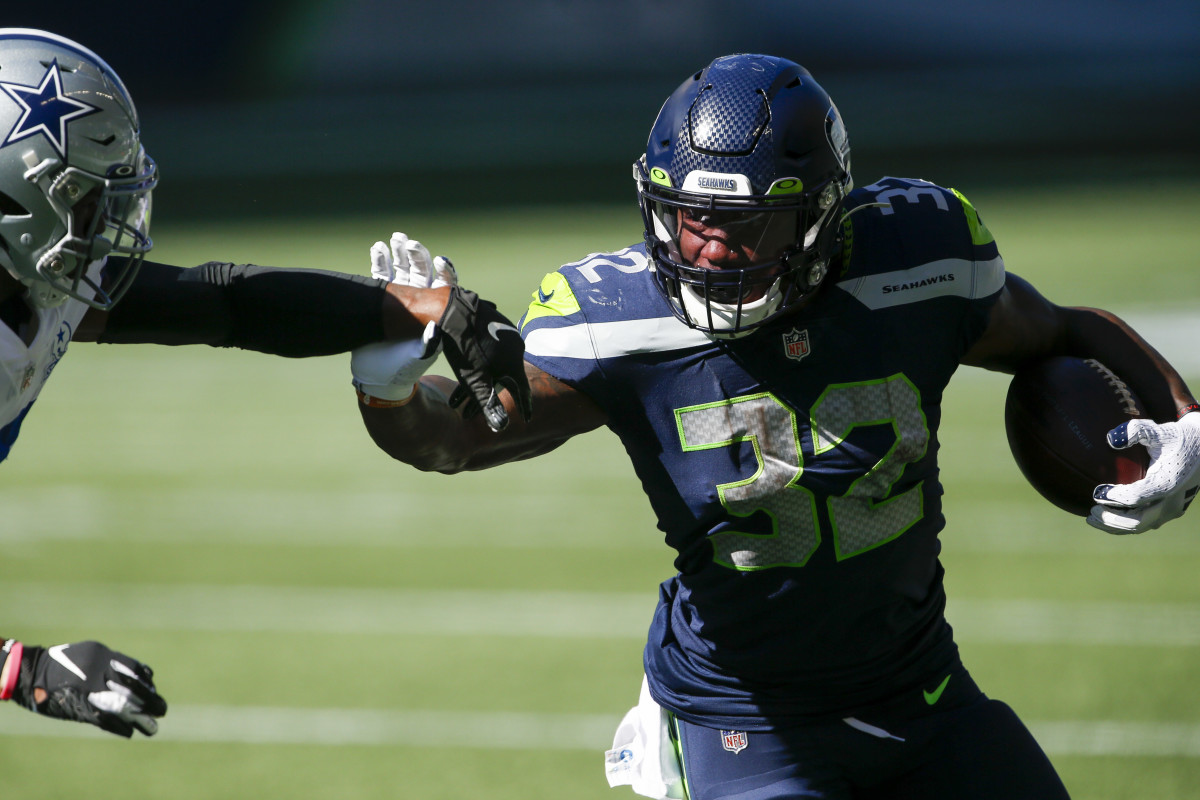
Running Back
Best Pick: Chris Carson (Round 7, Pick 249, 2017)
Worst Pick: C.J. Prosise (Round 3, Pick 90, 2016)
Sweet Spot: All seven rounds
Unlike most positions, the Seahawks have selected productive backs to varying degrees on all three days. While injuries prevented him from coming close to reaching his potential in five seasons, Rashaad Penny averaged better than 5.5 yards per carry when healthy, showcasing first round-caliber talent in spurts. Last year, the team invested an early second round pick in Ken Walker III, who became only the second back in franchise history to rush for 1,000 or more yards as a rookie and finished second in Offensive Rookie of the Year voting.
Even in the fourth round or later, Seattle has unearthed quality runners. Coming out of nowhere after playing second fiddle to Justice Hill at Oklahoma State, Carson rushed for 1,000-plus yards twice and scored 24 touchdowns in five seasons with the franchise before injuries ended his career. Alex Collins also provided decent depth as a spot starter in two separate stints with the team as a former fifth-round selection. While there have been big misses such as Christine Michael and Prosise, the front office has proved it can find talent at the position throughout the draft.
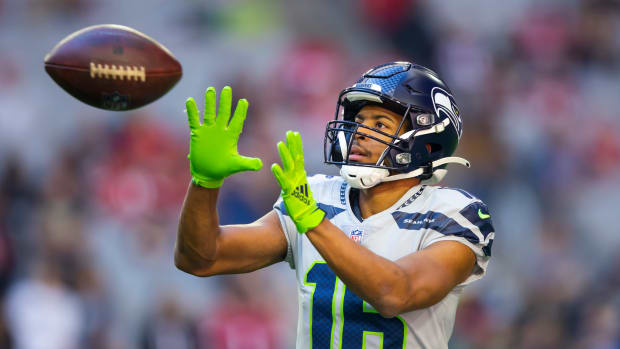
Receiver
Best Pick: Tyler Lockett (Round 3, Pick 69, 2015)
Worst Pick: Chris Harper (Round 4, Pick 123, 2013)
Sweet Spot: First three rounds
Though there have been a few exceptions to the rule, including David Moore posting three straight respectable seasons with over 300 receiving yards as a seventh-round pick, the Seahawks have generally struggled finding capable receivers after the third round under Schneider. In particular, the fourth round has been an abysmal one for the franchise at the position, as Harper and Gary Jennings Jr. never played in a regular season game, Kris Durham caught three passes in his lone season, and Kevin Norwood was traded after catching nine passes as a rookie.
Even in the early rounds, while Lockett and DK Metcalf have become superstars as day-two selections and Golden Tate developed into a quality NFL wideout, Seattle hasn't had a great hit rate at receiver. Most recently, 2021 second-round pick Dee Eskridge has struggled to stay healthy and missed 14 games in his first two NFL seasons. 2016 third-round selection Amara Darboh caught eight passes as a rookie before eventually washing out of the league, while 2014 second-round pick Paul Richardson had one decent season in four years due to persistent injuries.
Still, historically speaking, fans should feel much more confident about the Seahawks drafting a receiver early rather than waiting until day three.
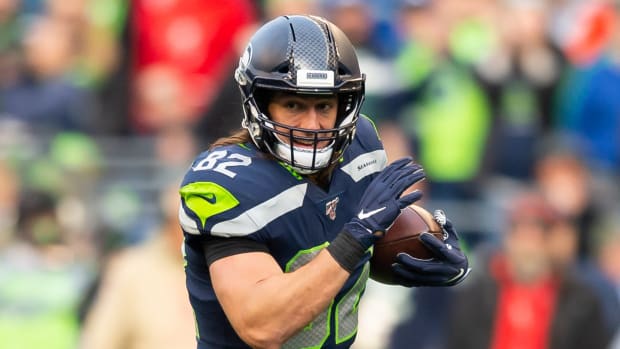
Tight End
Best Pick: Luke Willson (Round 5, Pick 158, 2013)
Worst Pick: Nick Vannett (Round 3, Pick 94, 2016)
Sweet Spot: Middle rounds
In terms of on-field contributions, the Seahawks have been at their best selecting tight ends in the fourth round and fifth round. Arguably the only quality pick from a dismal 2013 class, Willson produced 1,208 receiving yards and 11 touchdowns in seven seasons with the franchise while also providing steady blocking as a former fifth round selection. Five years later, they drafted Will Dissly in the fourth round and while injuries have been a major problem for him in five seasons, he has been an outstanding inline blocker while also eclipsing 1,200 receiving yards with 12 touchdowns in his career thus far. Finally healthy in 2022, Colby Parkinson flashed in his third season and could still be a fourth round "hit" for the team as well.
Away from those three players, however, Seattle hasn't had much luck with any of the other tight ends drafted since 2010. Sixth-round pick Anthony McCoy may have been an asset for the Super Bowl teams in 2013 and 2014, but Achilles injuries destroyed his career. Vannett never developed as hoped as the highest pick at the position by Schneider and eventually was dealt to the Steelers, while Stephen Sullivan and Jameson Konz were seventh-round fliers who didn't pan out. Based on past precedent, history suggests addressing the position early on day three.
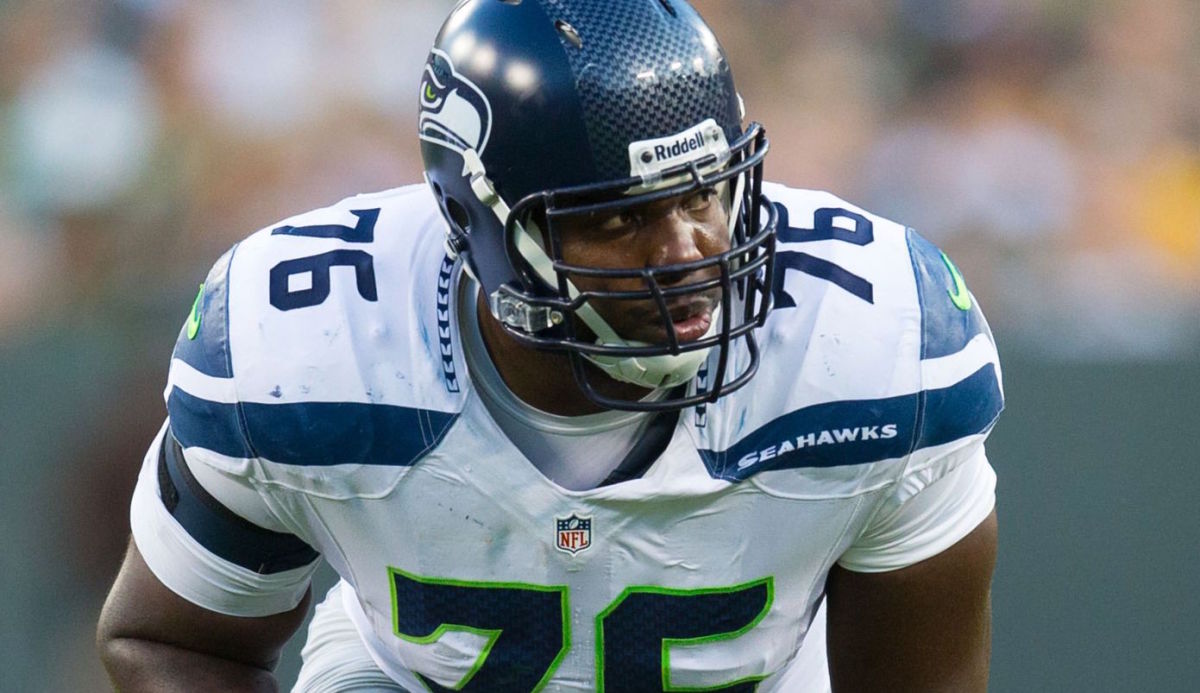
Offensive Line
Best Pick: Russell Okung (Round 1, Pick 6, 2010)
Worst Pick: John Moffitt (Round 3, Pick 75, 2011)
Sweet Spot: First three rounds
If there's an offensive position group where the Seahawks have benefited most from picking players early, the offensive line takes the cake, particularly at the tackle position. While 2011 selection James Carpenter battled injuries and wound up sliding inside to guard, first round picks have generally worked out for the franchise. Okung made a Pro Bowl and started in both of Seattle's Super Bowl appearances in 2013 and 2014, while Charles Cross enjoyed a strong rookie season in 2022 and looks like a potential Pro Bowler down the road. Even the often-scrutinized Germain Ifedi started for four seasons and proved durable as a late first round selection.
But from the second round on, though center Justin Britt, guard Damien Lewis, and most recently tackle Abraham Lucas stand out as exceptions becoming quality starters as day-two picks, Seattle has swung and missed most of the time when addressing the line under Schneider. Moffitt became better known for a public indecency charge than his actual on-field play, second round pick Ethan Pocic dealt with persistent injuries, while the only real "hit" after the fourth round - Mark Glowinski - enjoyed his best years elsewhere after inexplicably being cut midway through the 2017 season. Let's just say there's a good reason the offensive line has been a chronic problem in the Pacific Northwest.
Want the latest in breaking news and insider information on the Seahawks? Click Here to subscribe to AllSeahawks.com's Newsletter.
Follow All Seahawks.com on Twitter and Facebook
Make sure to subscribe to our daily podcast @lockedonseahawks today! Click here To Listen.
Want even more Seattle Seahawks news? Check out the SI.com team page here.
